Tire balancing is a tune-up for your wheel-tire set. It makes sure that weight is evenly distributed around the entire circumference of the unit. The common symptoms of out-of-balance tires are uneven and faster tread wear, poor fuel economy, and vibration in the steering wheel, the floorboard or the seat that gets worse at faster speeds.
When all areas of the wheel-tire unit are as equal in weight as possible, the tire will roll smoothly. This helps it wear evenly, for longest life. Balancing also contributes to ride comfort: Imbalanced tires will wobble or hop up and down, which causes vibration. If a front tire isn’t properly balanced you’ll likely feel vibration in the steering wheel. If the problem is in the rear the tremor will be noticeable in the seat or floor.
Imbalanced tires are easily corrected, but the work is precise. It’s done by attaching small weights, just fractions of ounces, to the wheel.
Everyday wear on tires will contribute to imbalance. Normal manufacturing imperfections are also a cause: Tires and wheels don’t have precisely equal weight distribution. They’ll be slightly heavier in some spots.
Just half an ounce in weight difference is enough to cause a vibration when you’re driving.
Rebalancing is done in a tire shop by putting the wheel-tire unit on a tire balancing machine that takes measurements to pinpoint lighter or heavier areas and making adjustments to account for these weight differences. The best time to get it done is when tires are being rotated, both for convenience and because you might have a tire out of balance on the rear of the vehicle and won’t feel it until it is moved to the front.
Here’s how it’s done:
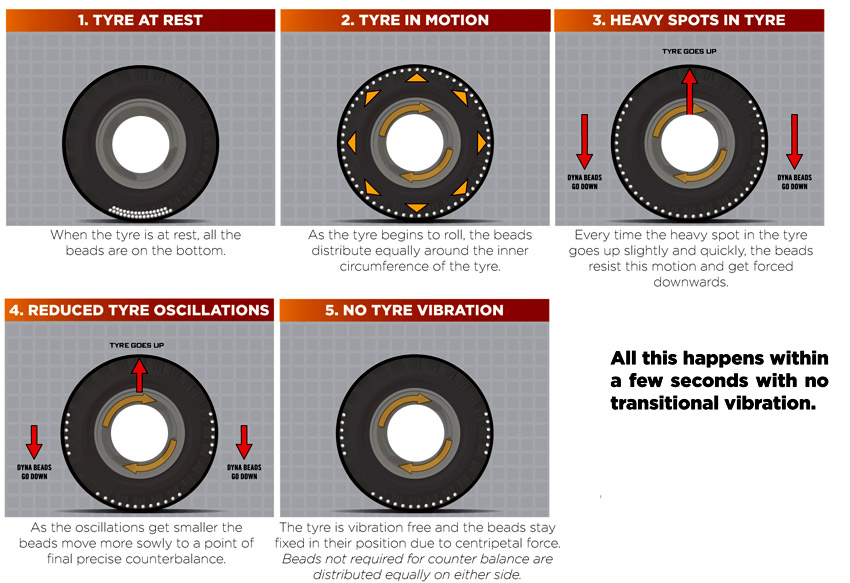
Though both should be part of regular auto maintenance, balancing isn’t the same as getting an alignment. Wheel alignment corrects the angles of the tires so they travel in the same direction and make contact with the road properly. Alignment reduces uneven tire wear and extends the life of your tires. Oftentimes tire balancing and alignment are perceived to be the same thing, but are not.

Tire balancing and rotation are often done at the same time, but they aren’t the same service. Tire rotation is when a vehicle’s front and rear wheels are switched to even out tread wear between them. Since both require removing each wheel, it’s convenient to do them at the same time.
Vibration when underway could be caused by an imbalanced tire and wheel assembly or something else — a bent wheel, a damaged tire (which won’t be fixed by balancing), worn suspension parts or other aging components. If you feel a vibration, don’t wait to get it diagnosed. You’ll head off other problems — and enjoy a smoother ride — when your tires are well balanced.
Schedule an Appointment
Imbalance is one of the situations many people don’t want to encounter while driving because it will make them have a bad driving experience. So, how to tell which tire is out of balance?
So, how to tell which tire is out of balance?
In fact, many ways will help you realize this situation, such as:
The following article will guide you in detailed information. Let’s follow along!
Unbalanced Tires SymptomsSymptoms Of UnbalanceOne of the first signs that your new wheels are out of balance is that the car will shake very vigorously, especially when traveling at high speed. If not adjusted in time, these unbalanced wheels can affect you and even cause an accident.
Rapidly running out of fuel is the second sign of an unbalanced one. You will notice a sudden drop in energy as the engine has to try to use more power to move the vehicle.
In addition, you may also hear humming or hissing noises, and their levels will increase as the speed increases. It will reduce your driving experience.
It will reduce your driving experience.
Besides, if you notice that the car is tilted or the wheels are worn a lot, you should quickly bring the vehicle to the shop and have it repaired.
Finally, the sign that they are out of balance is due to the vibration of the steering wheel. The steering wheel is the part that needs stability to control the vehicle. If an imbalance affects the steering wheel, you will notice a slight vibration.
Causes Of Unbalanced TiresWhy does imbalance happen? There are many causes of this problem. It can be internal factors, or it can also be external influences.
Internal factors such as the car’s suspension system, due to uneven weight distribution on all four tires, cause this imbalance.
Car’s suspension systemHowever, most of the causes of loss of balance will be due to the way the vehicle is controlled. Several bad driver habits can contribute to severe tire wear. Their constant stopping may reduce the weight of a part of the tire that also causes this imbalance.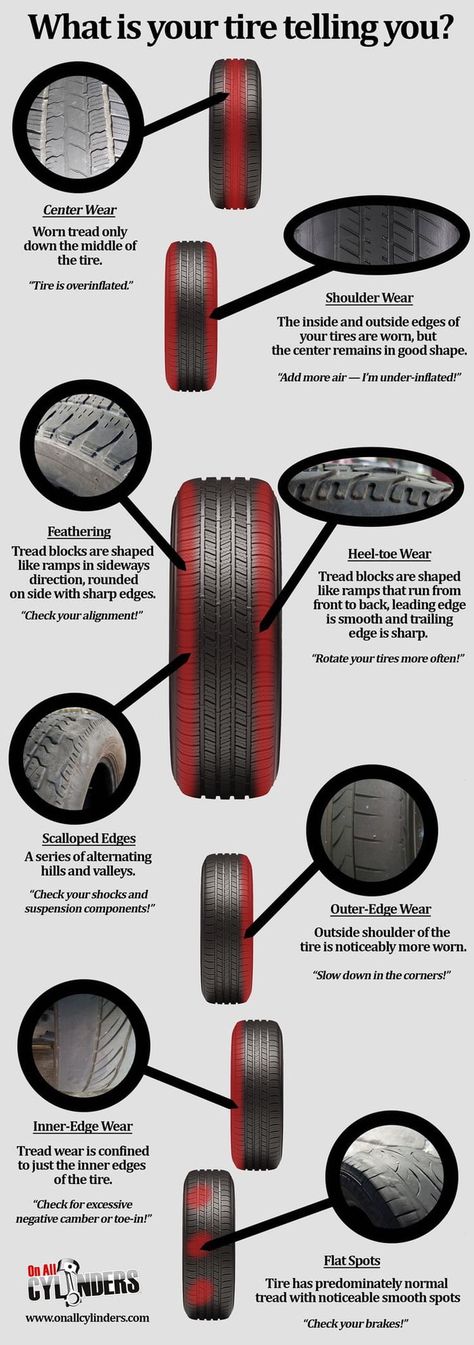
In addition, due to driving techniques or the terrain of the road, many potholes can also cause your rims to fall off, losing balance.
The terrain of the roadWeather is also one of the reasons why your car is out of balance. When it’s cold weather, sudden low temperatures can cause the tires to be under-inflated and reduce the elasticity of the wheels when in contact with the road surface.
Conversely, if you inflate your car too much, you will also cause the tires to wear abnormally and make them unbalanced.
How To Help Balance Tires?After knowing the causes and signs of an unbalanced one, the next thing you need to do is to fix it.
The first step you need to take is to double-check to see what is causing the imbalance. You should put the car on a flat surface and observe which side it tilts. For more convenience, if you want to perform other tasks such as wheel alignment, you can use a 4-post car lift.
Once you know which side it leans on, it’s up to you to start addressing it.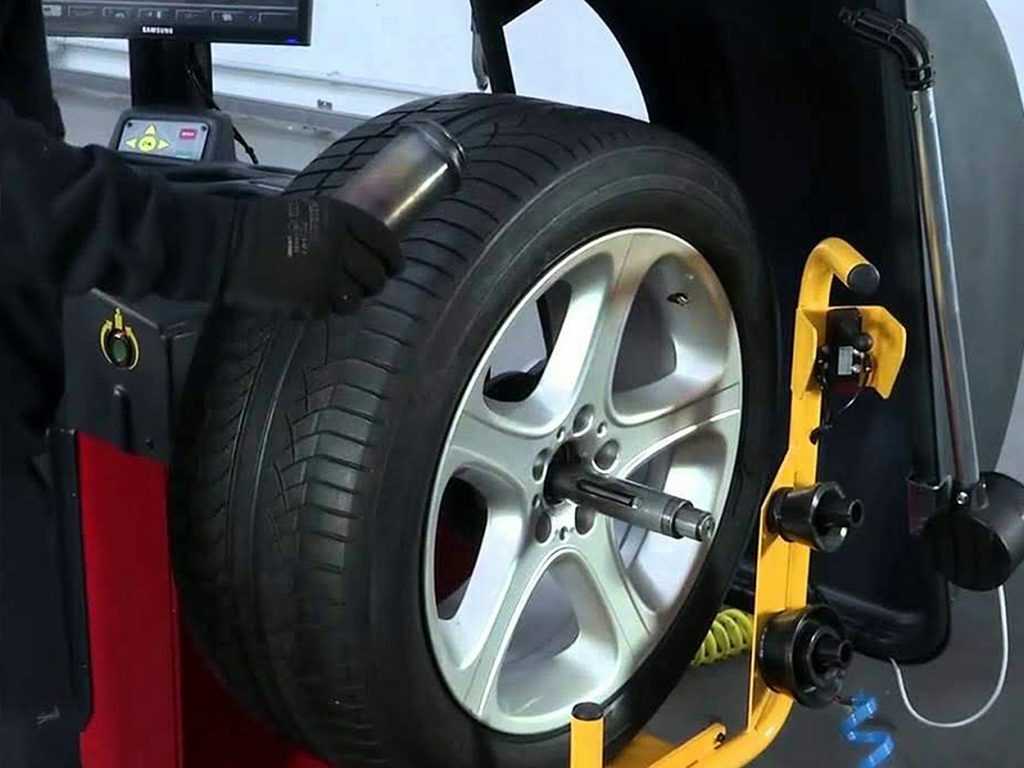
If these are simple errors, you can completely do the repairs yourself at home. For example, the cause of unbalance is a flat wheel.
You will only need to re-inflate to the tire’s recommended limit. Because as mentioned above, over-inflated tires can cause wear to happen faster.
For more tips to handle it at home, check out this video below!
But if your car needs to be realigned, you should ask a professional to handle it for you because they will require quite complicated operations.
If your rim has come off due to an impact, you should have it reattached or replaced by a technician. You can go to professional car repair shops or the place where you bought your car for a warranty.
Repair shopsWhy Balance Tires?Ominous signs can occur if your vehicle is not balanced with tires. On the contrary, if your tires are balanced, you will have a very smooth ride without discomfort or any problems at all.
On the contrary, if your tires are balanced, you will have a very smooth ride without discomfort or any problems at all.
In fact, the problem of wear is something you will never avoid when moving. Therefore, experts recommend regularly rotating the wheel to limit this. The uneven wear of the tires also leads to a difference in weight across the circumference of the tire.
If regularly balanced tires are combined with a consistent tire rotation process, they will last longer. So, you should prevent an unbalanced tire from happening instead of spending a lot of money on replacing it.
FAQsIn fact, you can still drive when the wheels are out of balance, but it will be pretty complex and annoying for you when the noise is emitted, or the car shakes. However, if this condition persists, it can seriously affect your driving and even cause an accident.
As we’ve already mentioned, if you don’t fix your tire imbalance, you’ll run into problems and possibly endanger yourself. Unbalanced tires will not correct themselves if you do not intervene in them. Do not prolong this situation if you do not want to spend a large amount of money to fix it.
Unbalanced tires will not correct themselves if you do not intervene in them. Do not prolong this situation if you do not want to spend a large amount of money to fix it.
Tire wear is something you won’t be able to avoid. If you do not regularly check and adjust it, it is straightforward for your car to lose balance. Add to that your driving habits that can also cause imbalance. The road, if there are many potholes, will also cause this problem.
ConclusionThis article has helped you answer the question: “How to tell which tire is out of balance?” Many reasons can lead to this situation, but if you focus on observing closely and fixing it in time, you will save a lot of money.
Thank you for taking the time to read the article!
This post was last updated onAuthor: Kirill Savchenko
The modern car owner does not particularly go into the wheel balancing process. He perceives it as a kind of obligatory procedure for seasonal change of shoes and does not even realize how important its quality is.
In fact, the effects of an imbalance in a rotating body can be seen at home. Try tossing your sneakers into the washing machine and spinning it. The imbalance that appears in the drum will cause it to beat, and with an increase in speed, the washing machine will rumble and shake. Something similar happens with a car whose wheels are out of balance.
Suspension and wheel bearings, steering elements, even with an imbalance of 10-15 g, receive thousands of beats per minute with an amplitude of 0.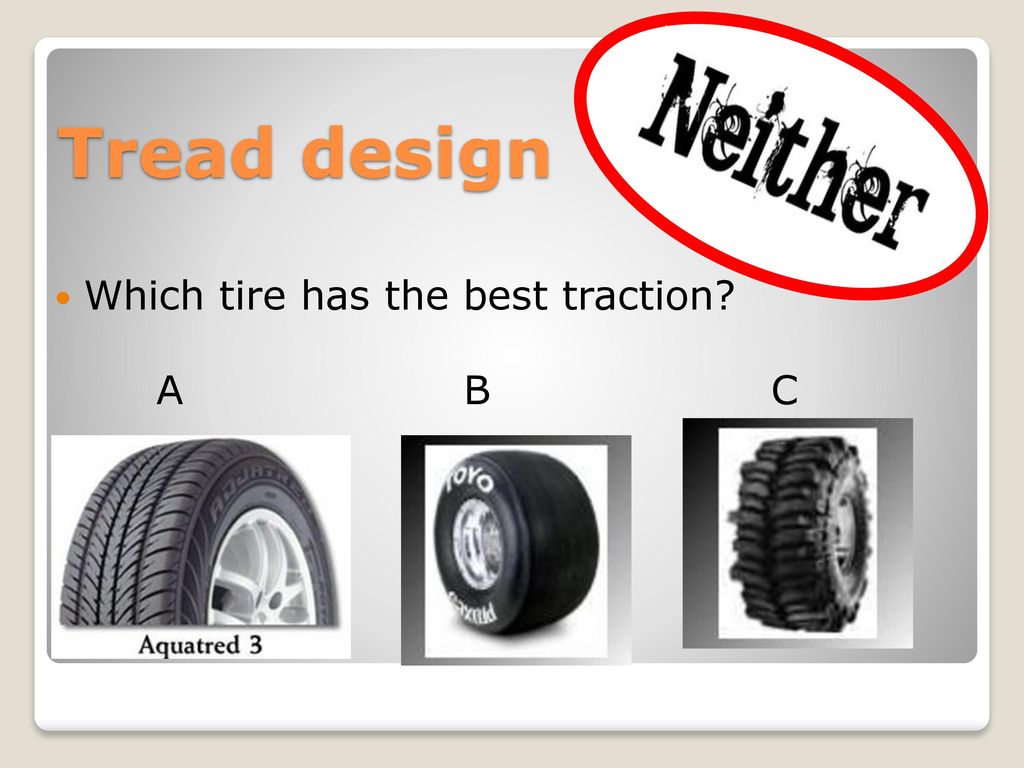 1-0.3 mm. They may be imperceptible to the driver, but act like a concrete hammer. Inexorably destructive. In addition, the imbalance increases tire wear and makes it uneven.
1-0.3 mm. They may be imperceptible to the driver, but act like a concrete hammer. Inexorably destructive. In addition, the imbalance increases tire wear and makes it uneven.
Considering that the imbalance on each wheel is different, the car becomes less stable when driving at high speeds. It is harder to manage, and on a slippery or wet road, the situation can completely get out of control.
So, imbalance appears when the center of mass of the wheel does not coincide with the axis of rotation. It would seem that this cannot happen on absolutely new tires or disks, because they are made in compliance with all technological requirements.
Yes, it is, but in any case, the tire does not come out perfect during the manufacturing process. Some of it may be a little thicker and heavier, some thinner and lighter. We are talking about millimeters and grams, which simply cannot be determined. After mounting on a disk, which is also not ideal due to the same technological reasons, a single structure is obtained that has a common center of mass.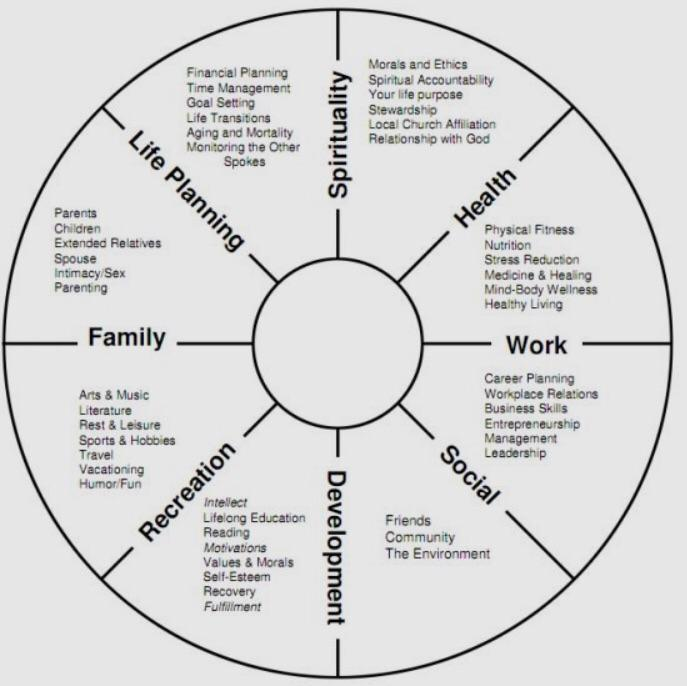 That is why the wheel is balanced as an assembly.
That is why the wheel is balanced as an assembly.
If it were a conditional thin disk, then the balancing would be only static. In this case, it is enough to balance the opposite centers of mass: the minimum and maximum. But a car wheel is wide, and therefore it needs dynamic balancing, on the outside and on the inside.
This is done with the help of special lead or zinc balancing weights weighing 5-60 g. On stamped disks they are fastened with steel clips-latches, on light-alloy ones - with self-adhesive strips. It is impossible to correct the imbalance on your own. For this, special balancing machines are used.
They vary in design, from the simplest to those equipped with laser sensors. The latter allow you to determine not only the imbalance, but also the curvature of the disk or the violation of its geometry. In this case, the owner will be offered to repair the disc or may be denied balancing due to its impossibility.
But even the presence of such a machine in the tire shop will not give any guarantee that the wheels of your car will be balanced correctly. Firstly, the machine must be fixed on a solid, better concrete base and stand strictly horizontally.
Firstly, the machine must be fixed on a solid, better concrete base and stand strictly horizontally.
Secondly, the correct data on the size of the tire and disk must be entered into its electronic unit, and the machine itself must not have wear in the rotating elements and be calibrated. Finally, the master must have the appropriate qualifications and experience - as practice shows, 90% of success depends on this factor.
For example, if a wheel requires a significant amount of weight, he should be aware that turning the tire around the rim can reduce the imbalance and less weight will be needed. True, not everyone follows this rule, and here's why.
Changing the position of the tire relative to the rim in order to reduce the mass of weights required for balancing does not always lead to the desired result (the result is not known in advance!).
At the same time, labor costs for balancing and, as a result, its cost increase significantly. At the same time, a very large amount of cargo on the wheel may indicate a low qualification of the worker. On the other hand, automakers do not specify the maximum mass of weights used for balancing.
On the other hand, automakers do not specify the maximum mass of weights used for balancing.
Ceteris paribus, the mass of weights required to compensate for unbalance will be minimal if they are installed at the maximum distance from the center of mass of the disk-tire system, i.e. on the bead flanges.
Installing weights closer to the center of mass of the "disc-tire" system (for example, in order not to spoil the appearance of the disk, the adhesive weight is placed on the inner surface of the rim) will inevitably lead to the need to increase their mass.
Also, the master must clean the tire from the smallest stones in the tread, and the wheel from adhering dirt. In case of deformation, be sure to inform the owner.
One of the most important things is mounting the wheel on the machine. In most cases, it is attached through the central hole of the disc. From the back, the wheel sits on a cone, and from the front it is fixed with a flange adapter and a clamping nut. This method increases the speed of the balancing process, but does not always provide perfect alignment.
This method increases the speed of the balancing process, but does not always provide perfect alignment.
Special Haweka adapters help to improve it. Their essence is that the wheel is clamped on the machine through the holes for the wheel studs. At the same time, the probability of damaging the paintwork of the rim is minimal. In addition, the adapter imitates an almost exact fit of the wheel on the hub and even the required tightening torque. In this case, the balancing accuracy will be higher. Flange adapters are available for various bolt patterns and can be used on any balancing machine.
After installing the weights of the desired mass in the places indicated by the machine, the verification procedure is carried out again. If necessary, weights are either added or removed, but their weight should not exceed 5 grams. The wheel is considered balanced if the readings on the instrument panel are zero.
So when and how often is wheel balancing necessary? As a rule, in the manuals for the operation of cars, balancing is recommended every 10-15 thousand kilometers.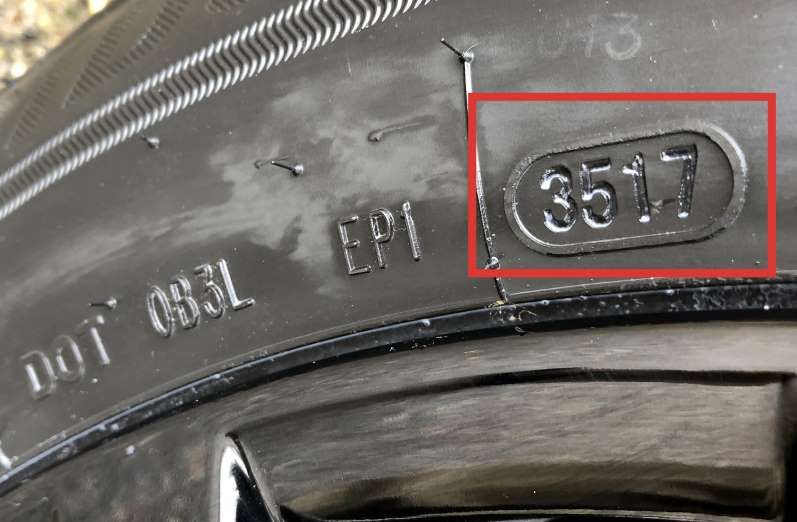 But this is provided that the wheels were not disassembled.
But this is provided that the wheels were not disassembled.
That is, if the same wheels are used when changing tires seasonally, balancing is required. It is also necessary if the car has driven several thousand kilometers on bad roads or there have been cases of a wheel falling into a hole. But in this case, not one wheel is balanced, but a pair standing on the same axle.
Commentary of a SHINSERVICE specialist
Alexander Golubev
SHINSERVICE expert
Many drivers make a mistake when vibrations appear in the car, starting with a suspension overhaul or replacement of power unit pillows. The first thing you should pay attention to is the cleanliness of the wheels and tires. Unevenly distributed adhering mud, snow, ice, tar stuck to the tire tread after driving on a road section being prepared for repair - all this can be the cause of imbalance.
The second important point is the mounting of the wheels. Each of them must be tightened to a torque in accordance with the recommendations of the automaker.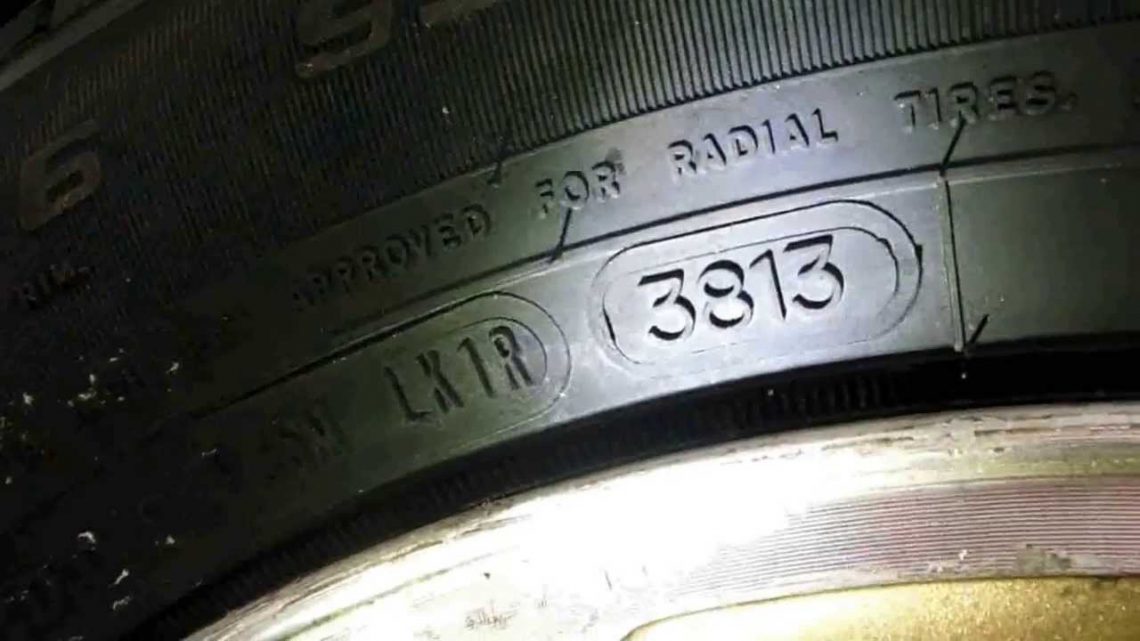
If everything is in order in this regard, then the wheel balance should be checked next. We advise you to do it only in proven specialized services, on certified equipment. And only if the measures taken have not yielded results, we recommend that you proceed to checking the setting of the front wheel angles and checking the condition of the suspension.
In any case, properly balanced wheels will avoid many problems in the future.
practice tires and wheels
Articles / History A hundred and forty, which has no equal: 10 of the most unique versions of the Mercedes S-class W140 The third generation of the Mercedes S-Class, with factory designation W140, is one of the most iconic Stuttgart starships. First, at 19The 91st "eska" for the first time received a six-liter V12 engine, in ... 591 0 6 11/19/2022
Articles / Practice Red is a dangerous color: is it possible to mix brake fluids of different types and colors Brake fluid in a car can run out too suddenly right on the road - for example, due to a leaking caliper or a torn brake hose.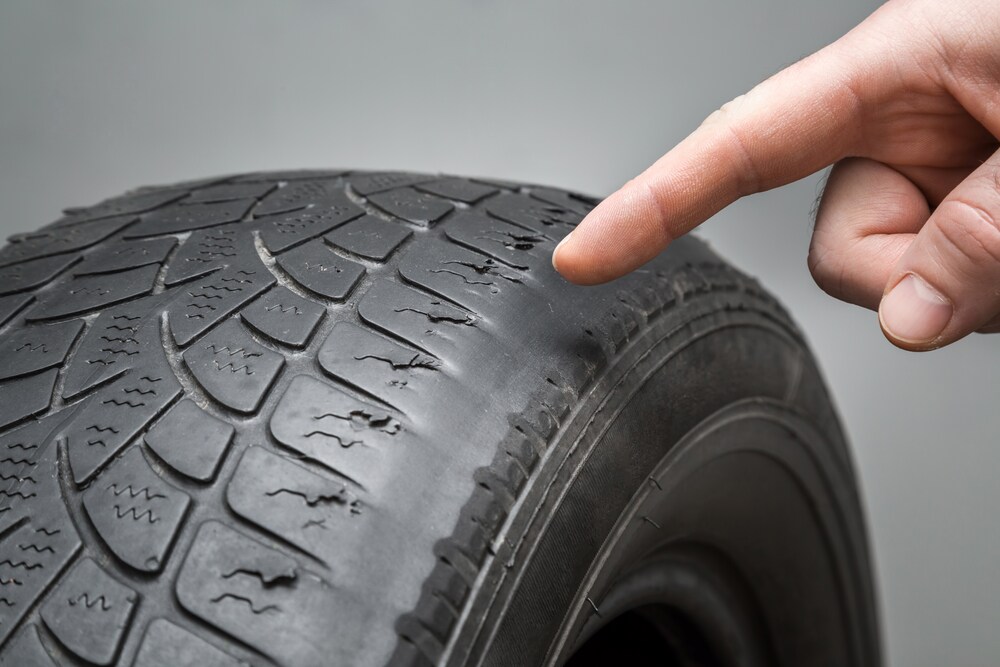 And in this case, the question arises: how ... 630 0 2 11/18/2022
And in this case, the question arises: how ... 630 0 2 11/18/2022
Articles / Practice Does not flow: how to recognize low-quality windscreen washer fluid before the onset of frost Many far-sighted and economical car owners like to stock up on consumables in order to be sure that what they need is already in the garage or trunk if necessary. However, when buying... 1718 2 one 11/17/2022
Test drives / Test drive Haval Dargo vs Mitsubishi Outlander: the dog is barking, the stranger is coming In the Haval dealership in the south of Moscow, life is in full swing: buyers look at cars, communicate with managers and sign some papers.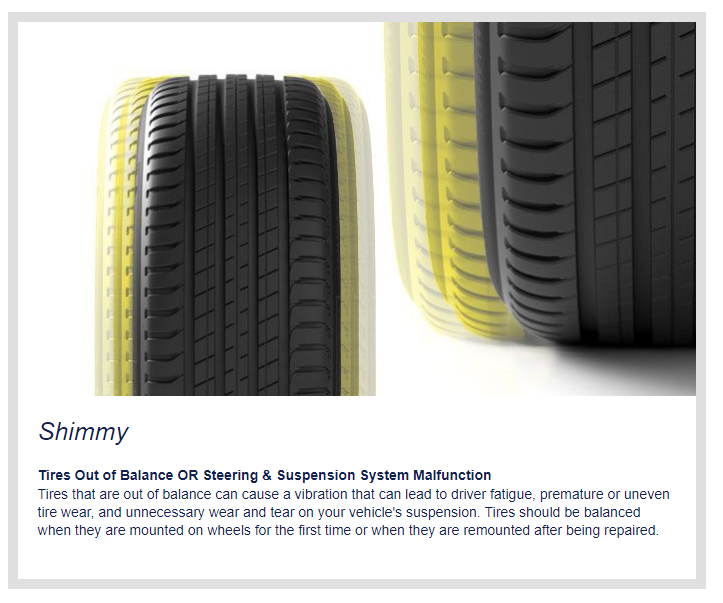 While I was waiting for the test Dargo, the same cross... 16715 7 205 13.09.2022
While I was waiting for the test Dargo, the same cross... 16715 7 205 13.09.2022
Test drives / Test drive Motor from Mercedes, emblem from Renault, assembly from Dacia: test drive of the European Logan 1.0 It would seem that what's new can be told about the second generation Renault Logan, known to every Russian taxi driver, as they say, up and down? However, this car has... 13693 ten 41 08/13/2022
Test drives / Test drive Geely Coolray vs Haval Jolion: Free Cheese? If! Do you want to buy a car today with a full warranty, on credit at an adequate rate, without wild dealer markups? Now this is still a task, because a full-fledged chain of "representation - s. .. 10783 26 thirty 08/10/2022
.. 10783 26 thirty 08/10/2022
Related materials
Seasonal tire change: everything car owners need to know
To begin with, a small educational program. Balancing is the alignment of the center of mass of the wheel with the axis of rotation. In this case, the loads are fixed opposite the heavy part of the wheel. This is the definition of static balancing. And since the wheel is not a thin disk, but rather a wide roller, the so-called dynamic balancing is necessary, when loads are placed both on the outer and on the inner parts of the wheel disk. Naturally, the wheels need to be balanced immediately after mounting the tire on the rim: after all, the imbalance can reach 50–60 g on each side. If it turns out more, then it makes sense to "twist" the tire relative to the disk, ensuring their mutual rotation by 180 degrees.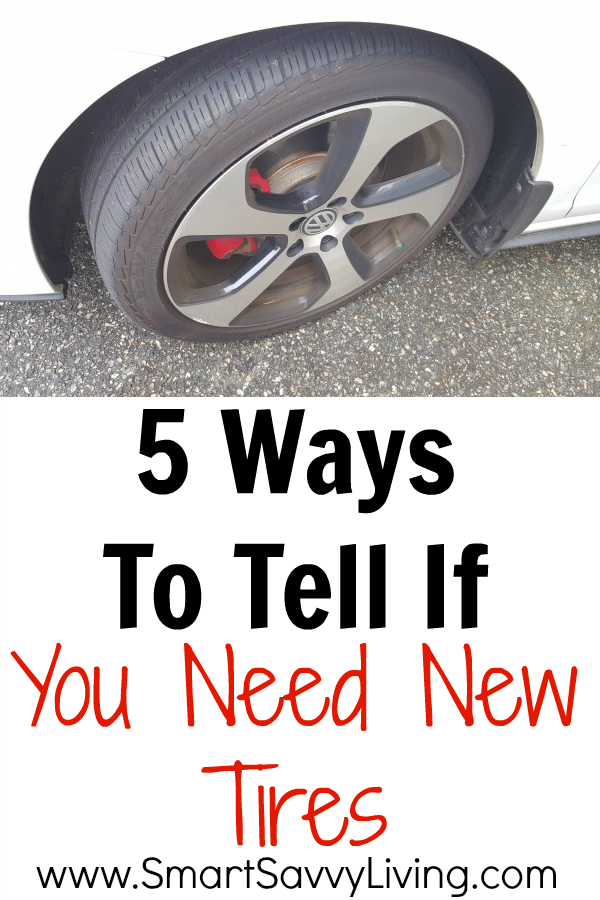 With this initial balancing, tire workers provide an imbalance of less than 5 g per side. It is believed that a new tire is capable of slightly changing its position on the disk in the first kilometers, and therefore the balancing will go away a little.
With this initial balancing, tire workers provide an imbalance of less than 5 g per side. It is believed that a new tire is capable of slightly changing its position on the disk in the first kilometers, and therefore the balancing will go away a little.
Now let's turn directly to our topic. If you alternately install either winter or summer tires on the same wheels, then you cannot avoid balancing. There is nothing to argue about here. The question of balancing every season arises only for those car owners who have two complete sets of wheels: summer and winter.
Related materials
Routine work that everyone ignores (and in vain!)
So, should the wheels be balanced at every seasonal change?
If you approach the process formally, then you should remember the instructions for the car. It is usually recommended to balance the wheels after a run of 10,000 to 15,000 km. If you drive less in one season, then you definitely shouldn’t balance, except for the cases specified below.
But this is in theory, but in practice I advise you to monitor the behavior of the car. If there is no noticeable beating of the steering wheel, then balancing is not needed. The beating of the rear wheels is felt less, but they usually suffer less often. In any case, you should feel a strong imbalance.
If you change the wheels yourself twice a year, the following recommendation applies to you. Put the wheels on and ride for a couple of days. During this time, the tire will get rid of the deformations that occurred during storage. If there are no vibrations at any speed with which you drive, balancing can not be carried out.
Related materials
10 procedures without which it is better not to drive
Balancing is required in the following cases:
